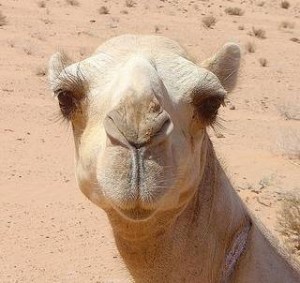
If you have ever been to the desert then you may be able to tell me about one of the most common modes of transportation for the dry, sandy conditions. It comes as no surprise that the camel has developed numerous adaptations to survive the harsh conditions of the desert. For example they have long eyelashes to protect their eyes from the sand as well as a heavy coat to reflect sunlight. Today’s fact will clear up a myth about a camel adaptation.
You can’t talk about a camel and not discuss the humps on their back. A lot of people believe that the camel’s hump (or two humps) is a storage tank for water. As interesting as it would be to have their humps holding water, this is not the case. The humps act as a holding container for fatty tissue. By retaining all of this fatty tissue in the humps it allows the camel to minimize heat-trapping insulation in the rest of their body. So basically, instead of the fat going straight to their hips they are stored in the hump. If the humps are not full of water then how are camels able to go for so long without water? I am going to try and explain this so you don’t need a degree in animal physiology to understand. More or less the camels red blood cells are oval shaped as opposed to most other mammals that have circular red blood cells (including humans). These oval shaped cells allow for the blood to flow easier when the camel is dehydrated. As well these cells are more stable which allow the camel to consume very large quantities of water at one time. For instance a camel may drink up to 150 L (40 Gallons) of water at one time. To put that into perspective, a typical fuel tank on a full sized pick-up truck is around 120 L (30 Gallons).
Camel Fast Fact: The camel is the only animal to have replaced the wheel where the wheel had already been invented. This occurred mostly in North Africa and is obviously no longer the case.
Did you find this post interesting? Do you have any further questions? Do you have any stories about camels? Have you had the opportunity to ride one of these practical vehicles? I would be interested in hearing from you.

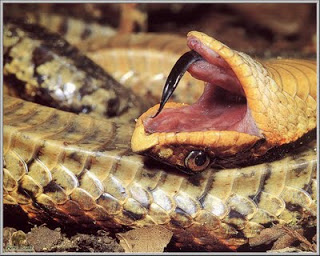
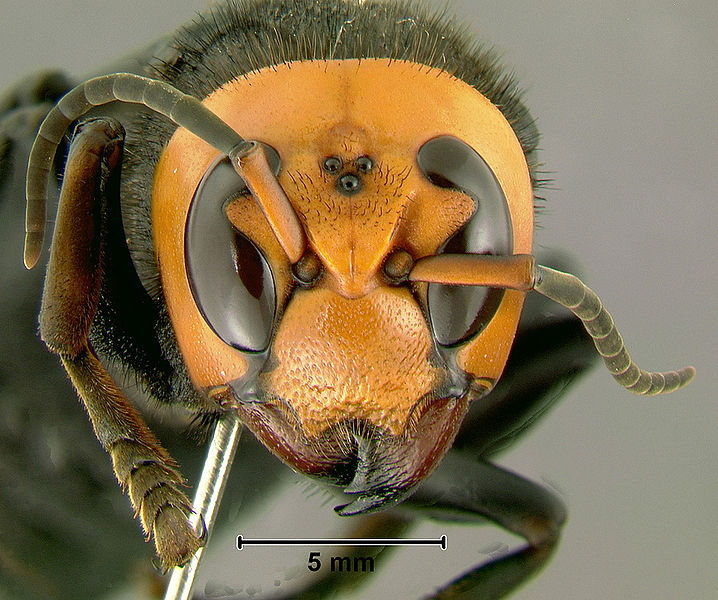
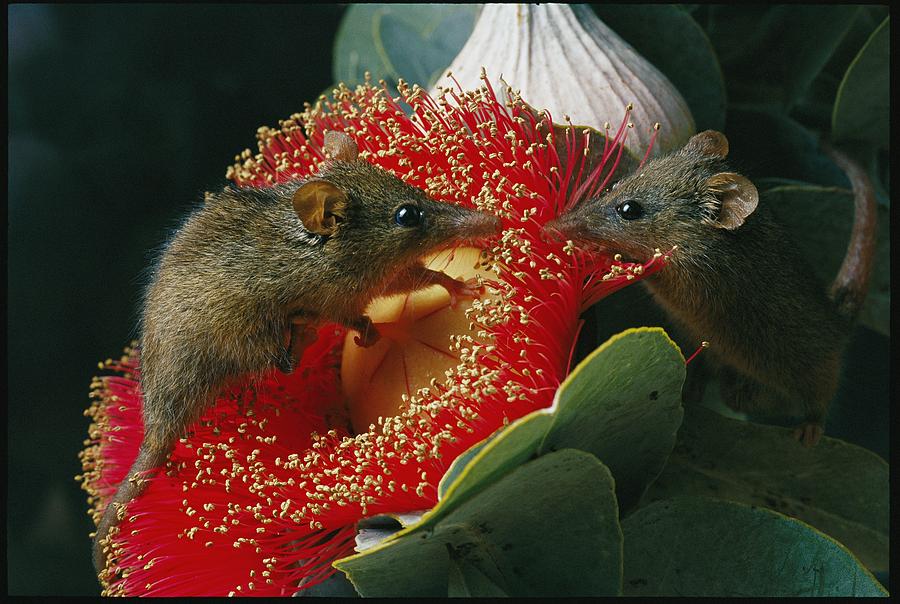
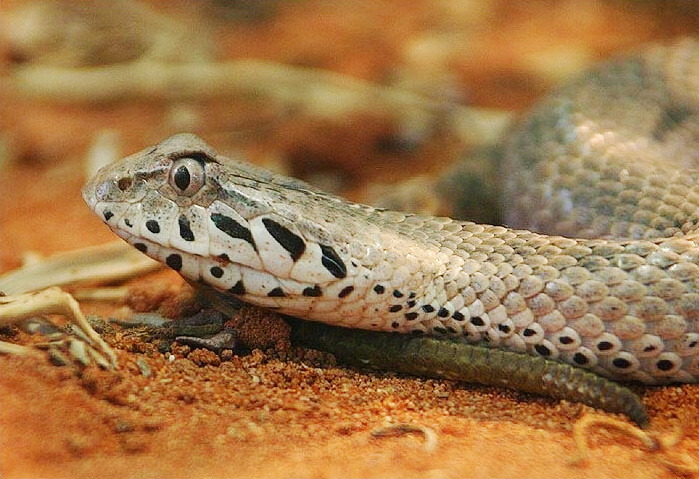
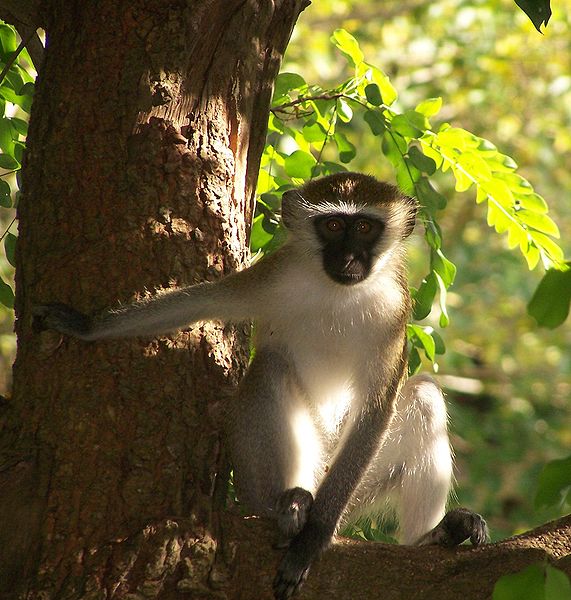
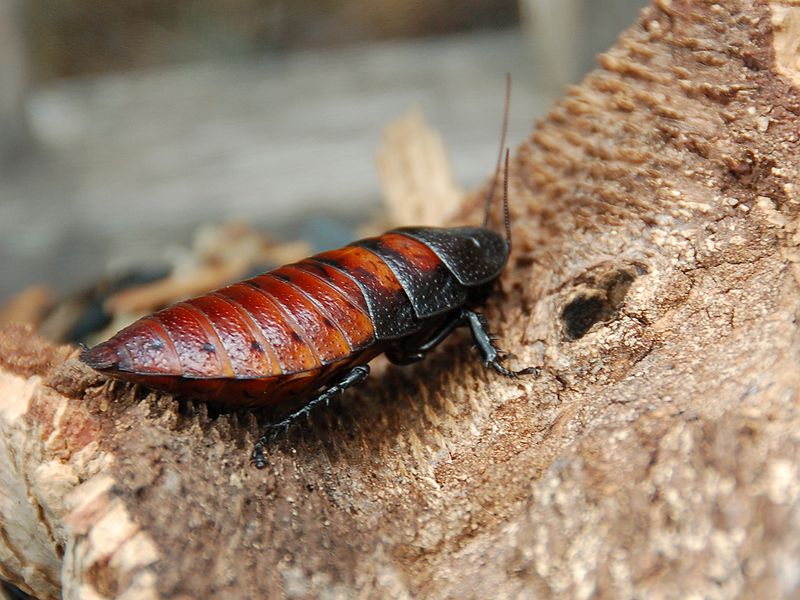
Morning Nathan:
I like your new web site. Thank you for clearing up the myth on camels holding water in their humps. I always thought that’s where they kept their water.
Anybody else out there think the same as me?
Yep – that’s one wive’s tale I fell for completely. This site is much more user friendly than the other one.
Thank you nephew.